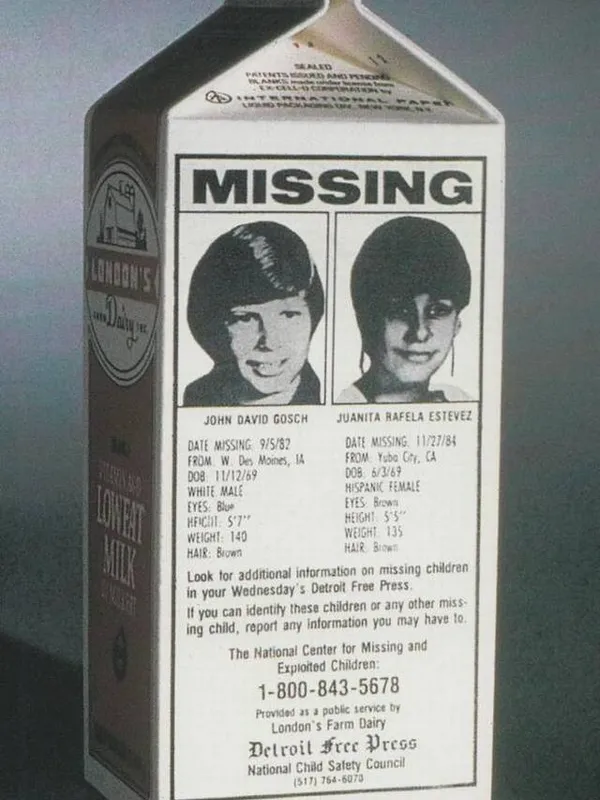From the Milk Carton Series by Somebody Knows

Knowers!!
While we wait for Season 2 of Somebody Knows I want to continue exploring interesting cases and stories. In the last month we have taken a look at National Park missing people. Now I want to explore cases from the old Milk Carton program over the next several weeks.
Etan Patz, dubbed the "Original Milk Carton Kid," disappeared on May 25, 1979, from the SoHo neighborhood in New York City. His disappearance shook the nation and became one of the most high-profile missing persons cases in American history.
Etan was only six years old at the time of his disappearance. He was last seen walking to his school bus stop alone for the first time, as his parents had allowed

him to make the short trip by himself. However, he never made it to the bus stop, and his parents reported him missing that evening.
The search for Etan began immediately and quickly became one of the largest missing persons investigations in New York City's history. Despite an intensive search effort that lasted for months, Etan was never found. His disappearance became a national news story and led to significant changes in how missing children cases were handled.
One of the most notable changes that occurred in the wake of Etan's disappearance was the creation of the missing children milk carton program. Etan's face was one of the first to be featured on milk cartons across the country, in the hopes that the widespread distribution of his image would lead to tips and information about his whereabouts.
In the years that followed, several suspects were investigated in Etan's disappearance, including a convicted child molester named Jose Ramos, who had been acquainted with Etan's babysitter at the time of his disappearance. However, no concrete evidence was ever found linking any suspect to Etan's disappearance.
In 2001, Etan was declared legally dead, and in 2012, a man named Pedro Hernandez was arrested and charged with his murder. Hernandez was a former bodega worker who had reportedly confessed to killing Etan, but his confession was later called into question, and the case ended in a mistrial in 2015. A retrial was held in 2017, and Hernandez was found guilty of murder and kidnapping in Etan's case.
Despite the conviction, Etan's body has never been found, and the circumstances surrounding his disappearance and murder remain a mystery. The case has been the subject of intense media coverage and has had a profound impact on missing children cases in the United States.
Etan's disappearance led to the creation of the National Center for Missing and Exploited Children, which has helped recover thousands of missing children since its inception. It also led to the passage of the Missing Children's Assistance Act in 1984, which provided funding and resources for law enforcement agencies to investigate missing children cases.
The case also sparked a nationwide conversation about child safety, and many parents became more vigilant about protecting their children from potential abductions. The phrase "stranger danger" became a common warning to children, and schools began implementing safety measures such as background checks for employees and stricter policies for visitors.
The disappearance of Etan Patz remains one of the most heartbreaking and mysterious missing persons cases in American history. Despite the efforts of law enforcement and the justice system, his body has never been found, and his family continues to search for answers. However, his legacy lives on through the changes he inspired in how we handle missing children cases and the awareness he brought to the issue of child safety.